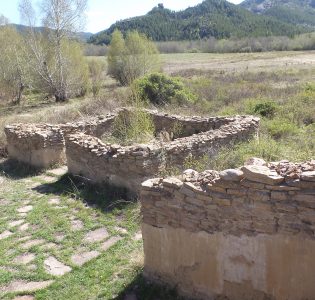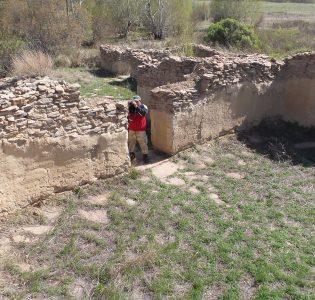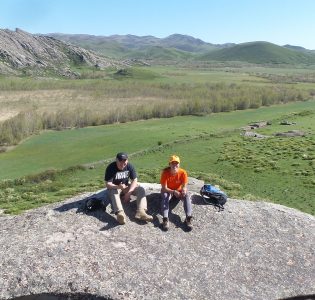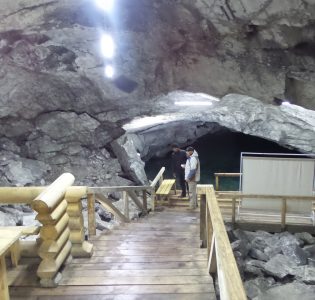NU hosted international online conference on sacred geography
On September 25-26, 2020, Nazarbayev University School of Sciences and Humanities held the International Online Conference called “Sacred Geography: Multidisciplinary Approaches to the Study of Time and Space.”
The purpose of the conference was to discuss interdisciplinary approaches to religious studies, cultural anthropology, archaeology, and history, as well as to the study of sacred landscapes and religious sites.
The topics of discussions attracted more than 100 researchers from different regions of Kazakhstan and abroad. Speakers represented a number of countries: China, Russia, Singapore, France, Germany, USA, Australia, Czech Republic, etc. Over the course of two days, there were five panels where 20 experts spoke on keys topics.
Sessions on Islamic Sacred Geography (moderated by Rozaliya Garipova, Assistant Professor) and Sacred Geography of Kazakhstan (moderated by Ulan Bigozhin, NU SSH Assistant Professor) created lively discussion between/among conference participants.
Guests were especially interested in the papers presented by Matteo Benussi from the University of Berkeley (USA) – “Ethical Infrastructure in the Idel-Ural Region: The Spatiality of Halal Living”, and Isabelle Ohayon, Le Centre d’études des mondes russe, caucasien et centre-européen (France) – “The Making of New Sacred Places in Kazakhstan During the Brezhnev Era”.
“We have discussed so many important and interesting issues during these two days, and learned about each other’s projects, ideas and conceptions. We have discussed the current trends in digital humanities and the future prospects of their development. We reflected on how Christian communities are rethinking their sacred geography in the post-Soviet Russia and Kazakhstan. We participated in the hot debates of how the concept of sacred geography can be understood in the general framework of contemporary Islamic practices in Russian Volga-Ural, Caucasus and Central Asia or Buddhism and shamanism in Siberia, China and Mongolia. We exchanged the ideas of what is the contribution of various social groups and state authorities in the promotion of their respective understandings of what is sacred and what is not. Thank you very much for your fascinating presentations, deep and revealing ideas, insightful questions and friendly comments,” said the event organizers in their final word to the participants.
Also, within the framework of the event, religious scholars presented the results of a three-year research project on the creation of interactive map of sacred places in Kazakhstan. To date, the map contains over 1,5 thousand objects, which makes it the most complete map of the sacred geography of Kazakhstan available to the general public. Moreover, map’s feedback system allows anyone to add their own discoveries of sacred sites and place them on the map.
To create the map of sacred objects, the project participants organized a number of expeditions to different regions of Kazakhstan, collected rich material, discovered and described valuable collections of unique manuscripts in Turkic, Arabic, Persian, Oirat and Church Slavonic.
Recordings of panel discussions, and interactive map are available on the eatlas.kz website.








